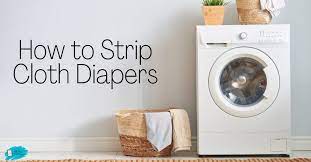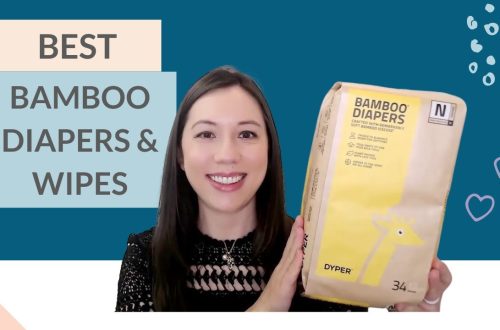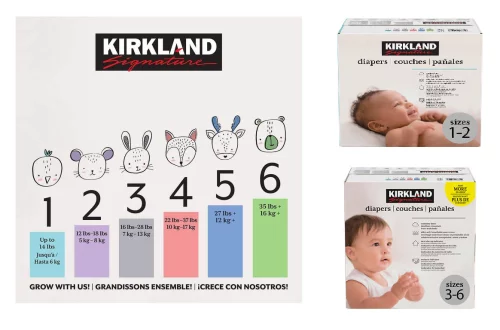How to Strip Cloth Diaper
- When diapers start holding smells, not just memories, consider stripping.
- Frequent diaper changes yet still facing dampness? Also, look to strip.
- Do diapers feel more complex than your morning coffee? It’s time for a strip.
- When the diaper’s absorbency seems like a distant memory, strip them.
- Suppose your laundry routine has missed a beat. Plan a strip.
- Are you transitioning diapers from one baby to another? Initiate a strip.
- Post-vacation, when your regular wash was on pause. Stripping is wise.
- Am I detecting an oily residue despite a wash? Strip those diapers.
- If your water’s more challenging than final exams. Stripping might be due.
- Before reaching for rash creams, think of stripping. It could help.
- When cloth diapers have become storied veterans, honor them with a strip.
Instructions for stripping cloth diapers
Also, to strip cloth diapers effectively, follow these steps:
Gather Supplies:
Collect hot water, white vinegar, and a clean sink or bucket.
Prepare Solution:
Fill the sink or bucket with hot water and add one cup of white vinegar.
Soak Diapers:
Submerge the diapers entirely in the vinegar solution. Ensure they are fully saturated.
Let Sit:
Allow the diapers to soak for about an hour. Also, this gives the vinegar time to break down any buildup or residue.
Agitate:
Occasionally, agitate the diapers gently while they soak to help loosen any stubborn residue.
Rinse Thoroughly:
After soaking, drain the vinegar solution and rinse the diapers thoroughly with hot water. Also, continue rinsing until no soap or residue remains.
Squeeze Out Excess Water:
Once rinsed, squeeze out excess water from the diapers.
Air Dry:
Allow the diapers to air dry completely. Hanging them outside in the sun can also help eliminate any remaining odors and bacteria.
Following these instructions, you can effectively strip your cloth diapers, ensuring they remain clean, absorbent, and free from buildup or residue. Also, remember to adjust the frequency of stripping based on the condition of your diapers and your circumstances.

Option 1: RLR cloth diapers strip
How to Strip Cloth Diapers with RLR is a breeze. RLR is not a bleach. It’s a laundry treatment. It targets accumulated minerals and residues. This makes it perfect for stripping cloth diapers. Also, add an RLR packet to a hot wash.
There is no need to worry about fabric damage. It’s safe for even the most delicate fibers. Ensure diapers are clean before starting. The process is straightforward and effective. Also, your diapers come out refreshed and super absorbent.
RLR works wonders on stubborn smells. It leaves no residue of its own. Also, for best results, use RLR every few months. It’s an eco-friendly choice for diaper maintenance. Always check the diaper’s care instructions first. RLR stripping is the gentle nudge your diapers need.
Option 2: Strip cloth diapers with vinegar
Vinegar, a pantry staple, doubles as a stripping agent. It’s natural and highly effective. Add one cup of white vinegar to a hot wash. Also, this should be done after a regular detergent cycle. Vinegar tackles lingering odors and buildup with ease.
Ensure the water level is at its highest setting. This maximizes the vinegar’s reach throughout the load. Avoid using vinegar too frequently; balance is crucial. It can break down fabric if overused. Also, it’s safe for most cloth diaper materials.
However, checking care labels is always a wise step. After the vinegar wash, run a thorough rinse cycle. Also, this removes any potential vinegar residue. Diapers emerge refreshed, with absorbency improved.
Remember, vinegar is a mild solution. It’s best for moderate buildup situations. Also, for severe cases, other stripping methods might be needed.
Option 3: Strip cloth diapers with Dawn dish soap
Dawn dish soap is famous for cutting grease. How to Strip Cloth Diaper. Also, its power isn’t just for dishes; it rejuvenates cloth diapers, too. Begin by filling your bathtub or a large basin with hot water. A few drops of Dawn dish soap are all you need.
The soap’s formula targets oil and buildup without harshness. Submerge your pre-washed cloth diapers in this mixture. Gently agitate the water to ensure even distribution. Also, let the diapers soak for up to an hour, monitoring occasionally.
This breaks down the residues that cause odors and repelling. After soaking, transfer the diapers to your washing machine. Run them through a hot wash cycle without adding more detergent. Also, this ensures all the Dawn dish soap is thoroughly rinsed out.
Option 4: DIY cloth diaper strip recipe
- Fill your bathtub or a large basin with hot water.
- Ensure the water is as hot as the fabrics can handle.
- Also, mix the ingredients in the hot water thoroughly.
- Submerge your diapers into the mixture thoroughly.
- Let them soak for at least four hours or overnight.
- Stir occasionally to agitate the water and fabrics.
- After soaking, transfer diapers to your washing machine.
- Run a hot wash cycle without adding any detergent.
- Complete the process with an extra rinse cycle.
- Dry diapers in the sunlight for added freshness.
- This method is excellent for heavy mineral buildup.
- Use this DIY recipe sparingly to avoid fabric wear.
- Always check diaper care labels before proceeding.
How about stripping cloth diapers with bleach?





